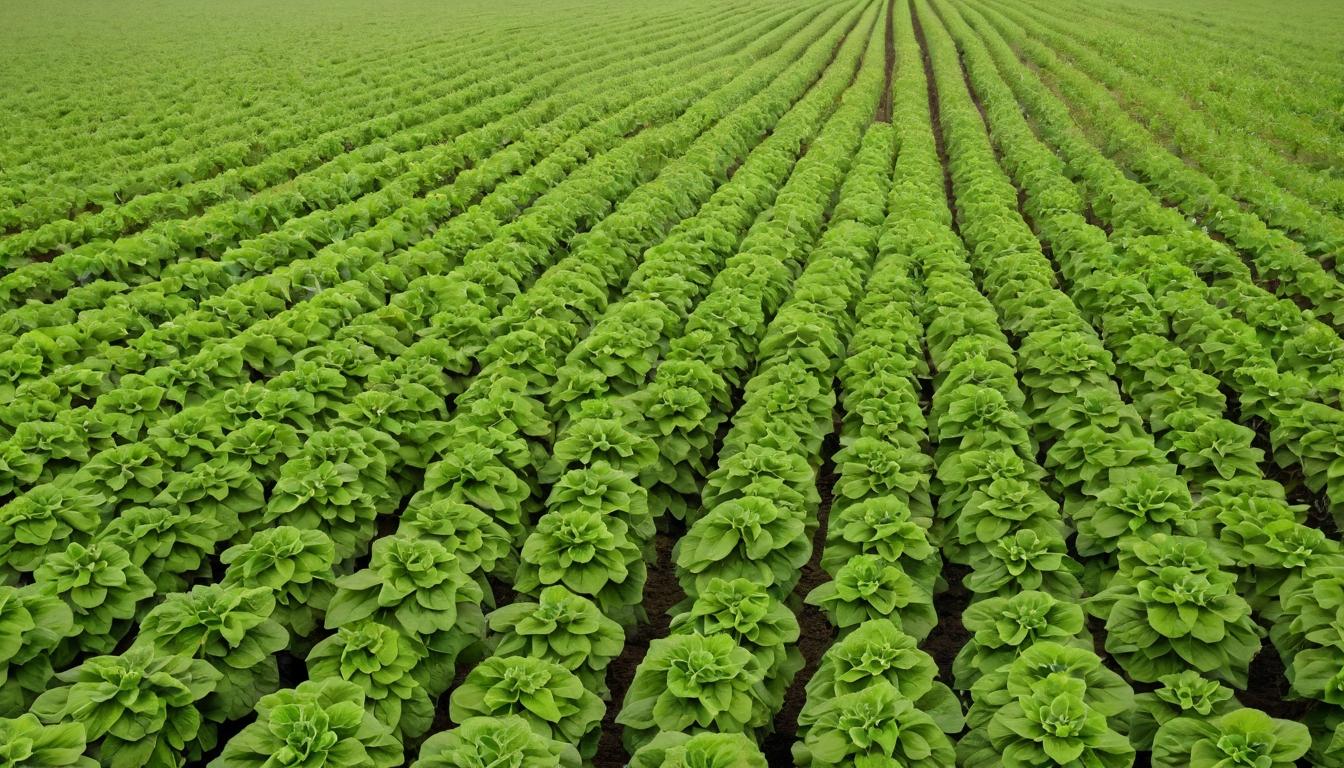I've been tracking fashion's sustainability promises for years, watching the endless parade of recycled polyester collections and carbon-neutral pledges that somehow never quite materialize into meaningful change. But something different is happening now—a quiet revolution unfolding not on runways or in corporate boardrooms, but in supply chains, factories, and the hands of consumers who've grown tired of empty promises.
Walking through a regenerative cotton farm in Texas last month, I met farmers who've stopped calling their work "sustainable" altogether. "That word's been co-opted," one told me, wiping sweat from his brow. "We're just farming like our grandparents did, before chemicals ruined everything." His fields were alive with insects and birds, the soil dark and rich beneath our feet. This isn't the glossy sustainability of fashion campaigns—it's dirty, difficult work that's actually making a difference.
Meanwhile, in Los Angeles, I found designers who've abandoned the traditional fashion calendar entirely. They're not producing four collections a year but working with deadstock fabrics and making pieces only when ordered. One showed me her studio, filled with rolls of fabric that would have otherwise ended up in landfills. "We're not saving the world," she said, "but we're not making it worse either."
The real story isn't in the marketing materials but in the numbers. Brands that once treated sustainability as a PR exercise are now facing pressure from investors who understand that climate risk equals financial risk. I've seen internal documents showing how major retailers are completely overhauling their supply chains not because they want to, but because they have to. The cost of doing business the old way is becoming prohibitive.
What's fascinating is how this shift is changing fashion itself. Clothes are being designed differently—with repair in mind, with natural fibers that actually biodegrade, with construction techniques that allow garments to be taken apart and remade. I watched a tailor in Brooklyn demonstrate how she can completely transform a worn-out coat into something new, preserving the expensive wool while updating the style. This isn't upcycling—it's common sense rediscovered.
Consumers are driving much of this change, but not in the way you might expect. It's not just about buying less or shopping secondhand. People are investing in quality, demanding transparency, and holding brands accountable in ways that were unimaginable a decade ago. I've spoken to dozens of shoppers who can tell you exactly where their clothes were made, by whom, and under what conditions. They're not activists—they're just informed.
The most surprising development might be how luxury is leading the way. While fast fashion continues to churn out disposable clothing, heritage houses are investing in craftsmanship and materials that last generations. I visited a French atelier where artisans repair century-old garments, their skills passed down through families. "This is the ultimate sustainability," the master tailor told me. "Making things so well they never need replacing."
Technology is playing a crucial role too, though not in the flashy way we often imagine. Simple innovations like digital fabric printing that uses 90% less water, or AI systems that predict demand more accurately to reduce overproduction, are making real impacts. I saw a factory in Portugal where sensors track energy use in real time, allowing managers to make adjustments that have cut their carbon footprint by 40% in two years.
What's emerging is a fashion industry that looks nothing like the one we've known. It's slower, more thoughtful, more regional. Designers are working closer to their manufacturers, retailers are stocking fewer but better items, and consumers are building relationships with the clothes they own. This isn't a trend—it's a fundamental restructuring of how we make and consume fashion.
The revolution won't be televised on fashion week runways or announced in glossy magazines. It's happening quietly, in the choices we make every day and in the systems being rebuilt from the ground up. And for the first time in my career covering this industry, I'm genuinely optimistic about where we're headed.
The quiet revolution of sustainable fashion that's actually changing things

